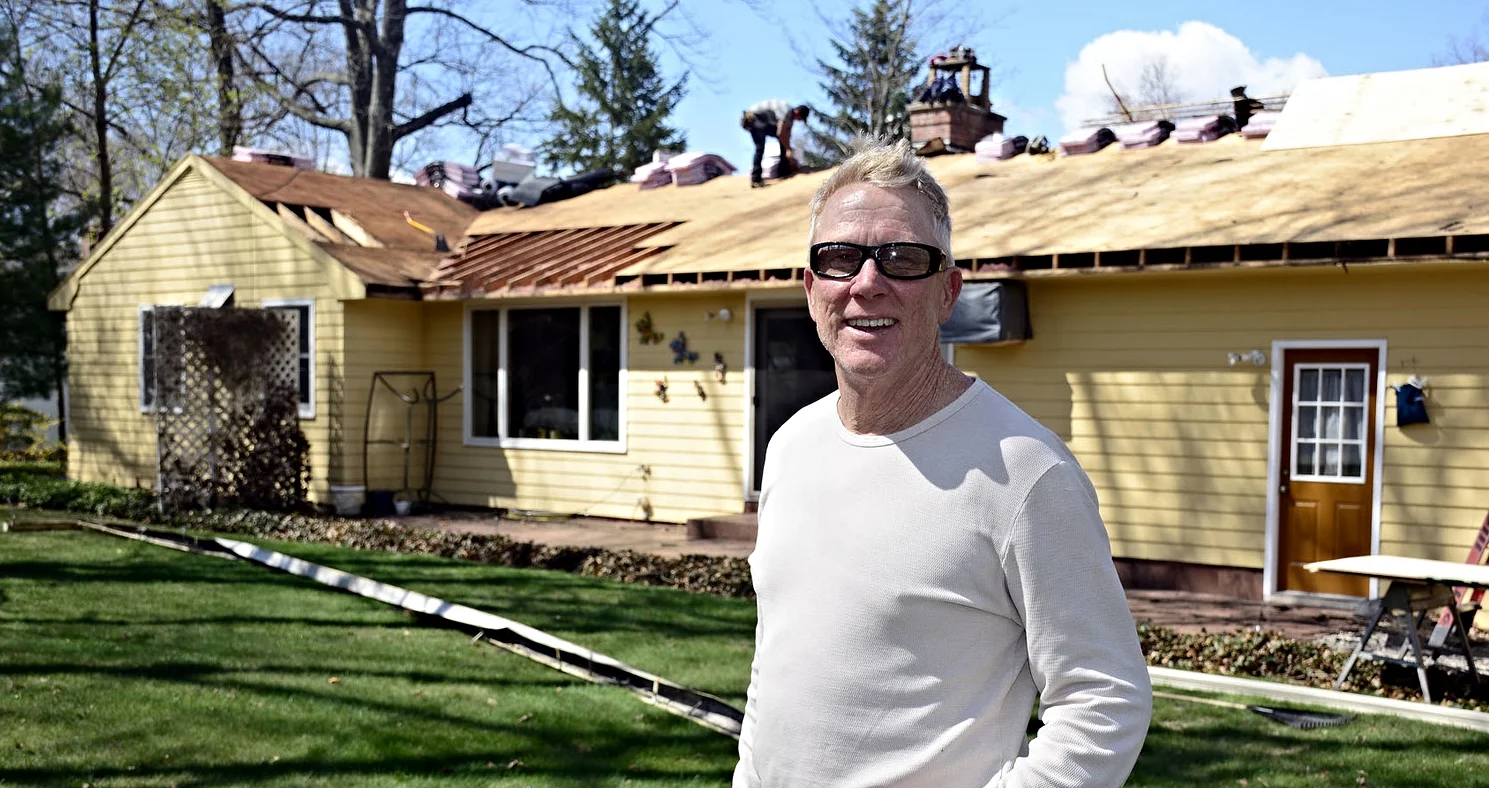Gutter Guards Make Cleaning a Breeze
Chelsea O'Donnell
Most people don’t think about gutter maintenance until the leaves fall in autumn, but summer is an excellent time for a good cleanout, especially after all the rain we’ve had. Many homeowners tend to ignore this job because it’s both messy and dangerous, but leaving gutters full of debris can actually cause major issues with both drainage and leaks. With so many options to cover the gutter and stop junk from collecting there in the first place, it’s a good time to take a look at how gutter guards can benefit your home.
If installed and maintained properly, gutters are a vital part of your home’s ecosystem. They allow rain to travel from the roofline and through downspouts which deposit that rain safely away from your foundation. This system prevents too much water from building up around the base of your home, thus minimizing the chance of basement leaks and mold issues. However, if gutters are filled with leaves, twigs, and other tree debris, they will simply overflow, depositing the water at the foundation of your house, right where you don’t want it. Since homeowners don’t want to tackle the cumbersome task of cleaning their gutters several times a year, most gutter systems get overloaded quickly. This is why gutter guards are such a popular and smart option for a maintenance-free home.
Gutter guards are metal adaptors that can be installed with new gutters or retrofitted to work with existing gutters. Made with heavy-duty aluminum, gutter guards have perforated holes to let rain in and keep everything else out, including tree remnants and nesting birds. One of the features that I like best is that they prevent snow build-up and potential ice dams in the winter. These are common problems that will deform and even tear down your entire gutter system with too much weight. Also, many gutter guards come with a 10 to 25-year warranty which is helpful for people with homes in more heavily wooded areas.
Gutter guards are a smart investment, but the kind of guard that you get largely depends on your home, its position, the trees around it, the size and age of your current gutters, and the condition of your roof. A pro will be able to recommend the best product for the job and will usually complete the installation in just one day. Come autumn, you can sit back and relax knowing that your gutters are protected from debris and water can move freely from your roof down to the ground.
Bob O’Donnell is the owner of O’Donnell Bros. Inc., a Bristol-based home improvement company established in 1975. Email your questions for Bob to info@odonnellbros.com with the subject line “Ask the Pro.” All questions may be considered for publication. To contact Bob for your remodeling needs, call O’Donnell Bros. Inc. at (860) 589-5155 or visit http://www.odonnellbros.com. Advice is for guidance only.
